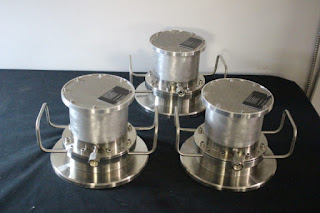“The Intermolecular team has deep expertise in testing, evaluating and discovering materials and innovating devices to solve leading edge customer problems,” said Casper van Oosten, Managing Director, Intermolecular. “Until now, building non-volatile memory in a high-density 3D architecture has been challenging because of the inability to stack tens of layers in a 3D structure, limiting memory density and consequently increasing the cost. This new material combination allows realization of these architectures, paving the way for neuromorphic computing, AI and other new semiconductor designs that are needed for faster and more affordable digital applications, from gaming to data centers.”
ALD Calcogenide NV-Memories Webinar
Register below for a 15 minute on-demand webinar to see how you can accelerate your materials innovation. In this webinar, Valerio Adinolfi, senior scientist at Intermolecular, Inc., will discuss ALD Chalcogenide for non-volatile memories. The webinar will discuss:
- Why we want to use Chalcogenides for NVMs, presenting the two fundamental elements composing a memory array, OTS selector and face change memories
- Discover why we really want to use ALD opposed to other deposition techniques
- Explore what are the material space of interest and then closely look at the film characterization and what those materials look like
- Evaluate some devices and their performance
About Intermolecular
Intermolecular is a trusted partner for materials innovation and the Silicon Valley science hub of Merck KGaA, Darmstadt, Germany and its Performance Materials business. Intermolecular explores, tests and develops advanced materials that are revolutionizing the next generation of electronics that make lives easier, entertaining and more productive. For more than 15 years, the team, methodologies and quality data have driven impactful outcomes, market opportunities and innovative product designs for customers.
[1] GeAsSeTe= Germanium, Arsenic, Selenium, Tellurium



%20(1).png)

















